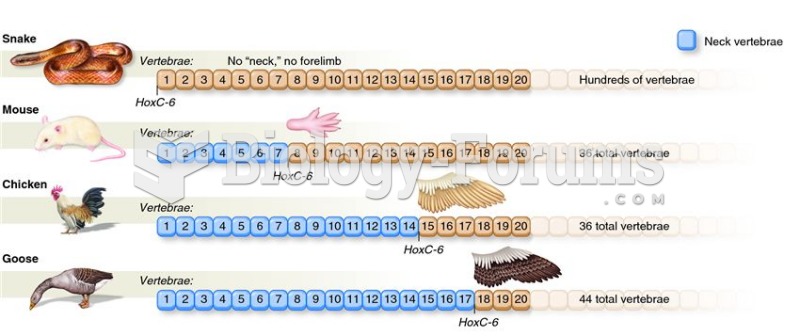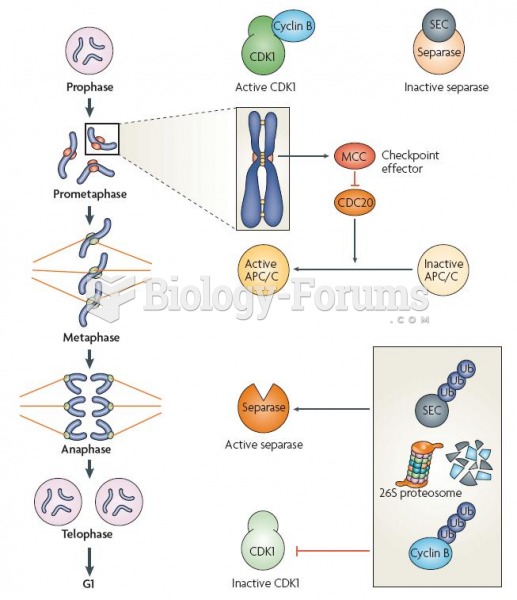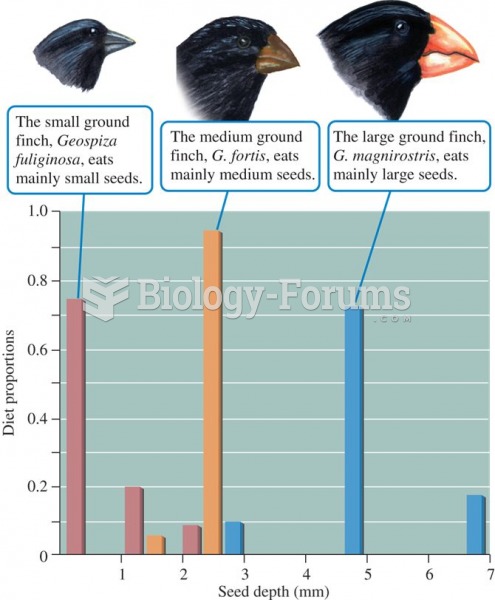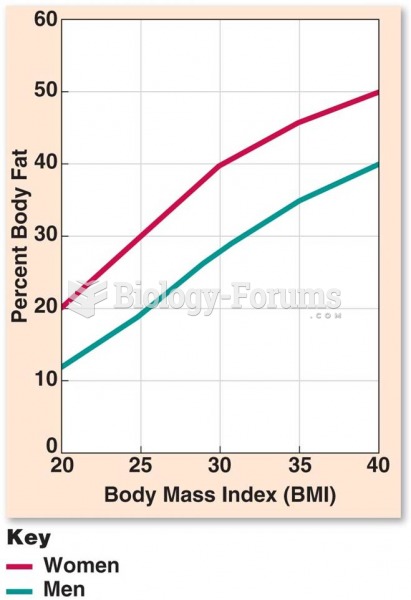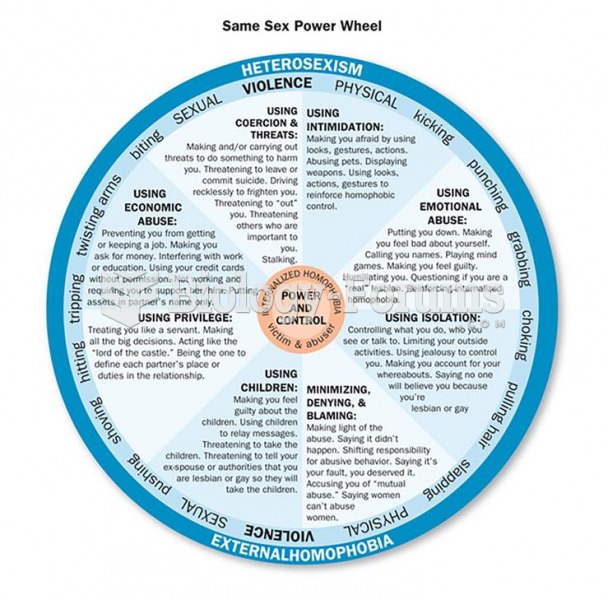Answer to Question 1
C
Answer to Question 2
People who have depersonalization disorder feel that they or the world has become unreal. These feelings cause significant impairment in their ability to work and get along with other people. Altered perceptions are also likely, such as thinking that one's body is distorted. The dissociation is in the individual's sense of self and relationship to the outside world; normal consciousness about what is real or dream and how we look or feel is lost. Memory loss is the fundamental symptom of dissociative amnesia. Whether it is recall of whole events (localized) or portions of them (selective), the individual deals with a stressful experience by splitting off his or her memory of it. In dissociative identity disorder, there is a more complete splitting off of memories. Not only does the person have no recollection of traumatic events in the past, but also different personalities come to inhabit the body at different times, and only those personalities have access to event-related memories. Therefore, the dissociation, as the name implies, is more than about mere recall; it is about identity. In all cases, there is a form of splitting off of portions of consciousness in these disorders, but depersonalization and amnesia are more likely to be time- and stress-limited conditions than is dissociative identity disorder. Once the precipitating stressor is over and the person can return to normal means of coping, depersonalization and amnesia typically spontaneously remit. The person with dissociative identity disorder, however, has developed a well-established coping mechanism and may harbor deep-seated conflicts that do not allow for easy resolution. Furthermore, it can be argued that dissociative identity disorder can be quite adaptive, allowing the person to function in parts better than might occur in an integrated whole. Treatment outcomes for dissociative identity disorder are generally poorer than for the other two dissociative disorders.


